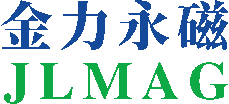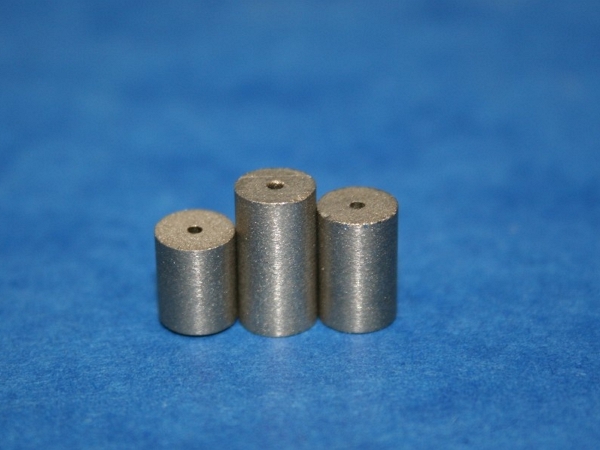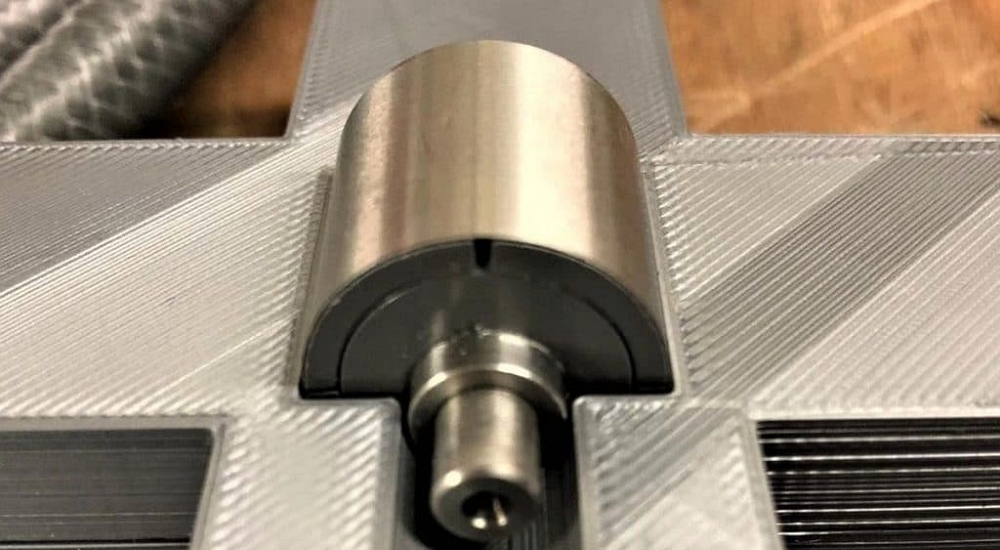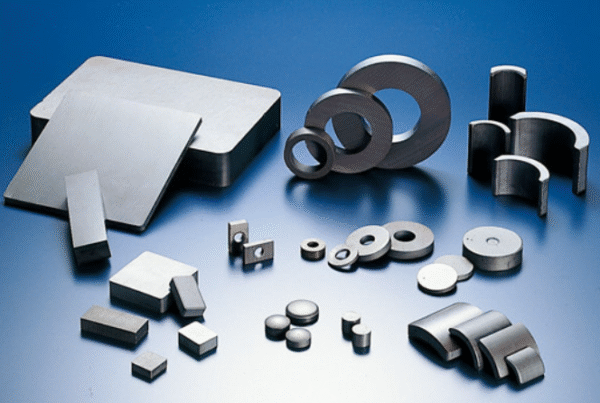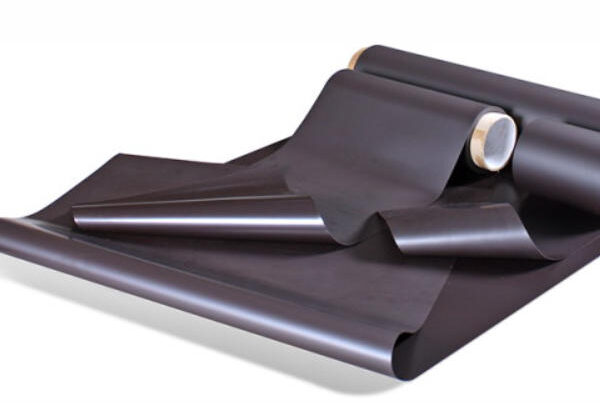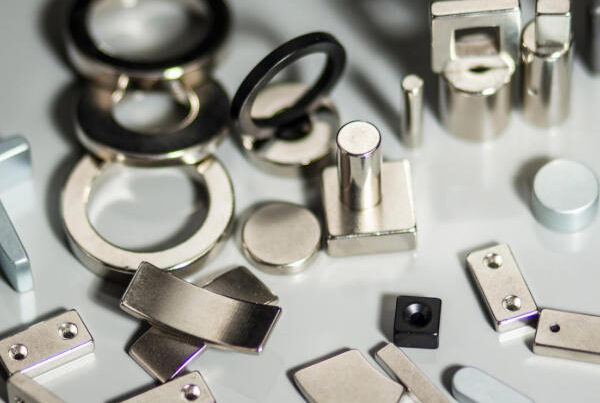Samarium cobalt (SmCo) magnets, as the second generation of rare earth permanent magnets, are widely used in aerospace, defense, and high-temperature motors due to their excellent magnetic properties, high-temperature stability, and strong demagnetization resistance. Although SmCo magnets are generally more corrosion-resistant than neodymium-iron-boron (NdFeB) magnets, they can still suffer from surface oxidation and localized pitting in high humidity, acidic, or salt spray environments. Enhancing their corrosion resistance is essential for ensuring long-term stability.
- Corrosion Mechanism and Influencing Factors
The corrosion of SmCo magnets primarily originates from surface micro-pores, impurities, and grain boundary structures. These imperfections allow moisture, oxygen, and corrosive ions to penetrate, leading to gradual oxidation or localized damage. This process accelerates significantly in high-temperature, high-humidity, or salt-rich conditions.
| Material Type | Corrosion Resistance | Suitable Environment |
| NdFeB | Poor, requires coating protection | Indoor, low-humidity |
| SmCo | Better, sometimes no coating needed | High-temperature, moderate humidity |
2.Common Methods to Improve Corrosion Resistance
Surface Coating Protection
Applying surface coatings such as nickel (Ni), gold (Au), or epoxy resin can effectively block corrosive agents and extend service life.
Vacuum Densification Treatment
Vacuum impregnation or densification sintering reduces surface and internal micro-pores, improving material density and reducing corrosion pathways.
Surface Passivation
Chemical or electrochemical passivation forms a stable oxide layer, increasing resistance in acidic or alkaline environments.
Alloy Composition Optimization
Adding corrosion-resistant elements like chromium or titanium—while maintaining magnetic performance—can further improve durability.
| Coating Type | Corrosion Resistance Improvement | Cost | Application Scenario |
| Nickel (Ni) | ★★★★☆ | Medium | General industrial use |
| Gold (Au) | ★★★★★ | High | High-end precision instruments |
| Epoxy | ★★★☆☆ | Low | Humid or chemical environments |
Recommendations
For SmCo magnets used in harsh conditions, a combined approach of surface coating plus vacuum densification is recommended. For applications requiring extremely high dimensional accuracy, thin gold plating or high-quality nickel plating should be prioritized to minimize coating thickness impact.
Conclusion
Improving the corrosion resistance of SmCo magnets is not only a technical requirement for extending service life but also a prerequisite for ensuring device stability and reliability. By selecting appropriate coating processes, optimizing material composition, and applying densification treatments, SmCo magnets can maintain superior performance in more challenging environments, providing a solid foundation for high-end applications.
